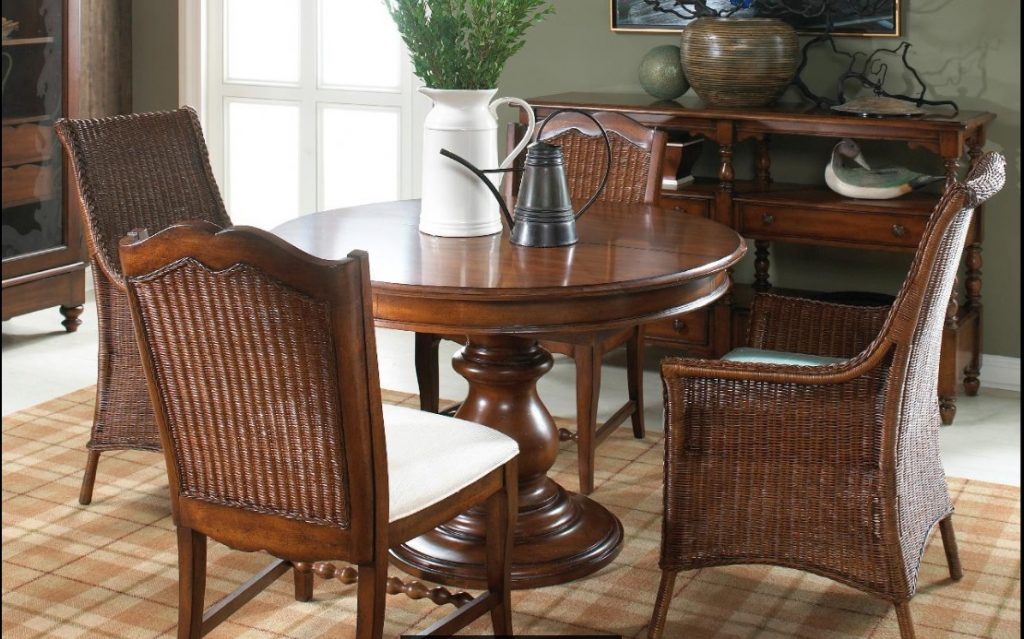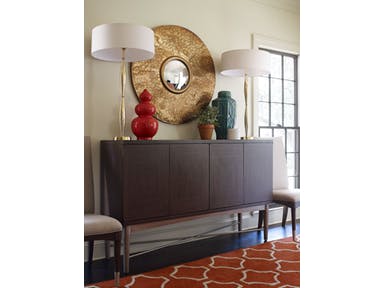
Summer Home Cottage Wicker Arm Chairs are perfect for any Asian inspired home.
Oriental design or more often called Asian interior design showcases many different cultures – from Japanese, to Vietnam, Chinese to Thai, Korean and Indian. All these interesting Eastern societies are colorful, bold and bright, each with its own distinct look. The most distinct, though, are Chinese and Japanese.
Following Feng Shui
Feng Shui is being practiced in China and many other Asian countries. This is becoming more and more popular in many Western nations, too. These are guidelines in object and structure placement.
Feng Shui focuses on chi or everything that has energy whether positive or negative. These energies are carefully balanced in the observance of Feng Shui.
Choosing Chinese
Homes that get their inspiration from Chinese style show a lot of bold colors from gold, reds to greens. Their living spaces also display ornate furnishings and the most interesting accessories. Furniture in Chinese-inspired homes show a lot of carvings, ornate wood and hand-painted, lacquered surfaces.
The dramatic styling that is seen throughout the Chinese ambiance is also consistent with the accessories. You can see a lot of porcelain jars, huge vases, animal motifs (think of dragons, turtles, cats, horses and frogs).
There are also a lot of complex patterns in different hues or in the usual white and blue. Other stylish stuff include plaques, wall murals and folding paper screens. All these depict legends and historical characters. In essence, you’re not going Chinese if you don’t like striking and vibrant hues.
You should also love red since this is a prominent hue in Chinese design. To the Chinese, this color spells good luck. Accents can be yellow or green which can be used on paper lanterns.
Chinoiserie is also abundant. This is the art form where furnishings are patterned after Chinese décor. It first became popular back in the 1800s in Europe. One can also observe the influence of the Chinese in terms of architecture in many garden pagodas and pavilions.

Rachael Ray Home by Legacy Classic Furniture Dining Room Credenza 6020-151 is the home for the Asian elements in this living room.
Just Japanese
Prepare to feel a different level of calmness when you choose Japanese-inspired interior design. Think of Zen and all the natural elements that would entail this level of serenity.
Japanese indoors include a lot of water fountains, floor covering and tatami mats. Tatami is a straw mat that has cloth edges.
To complete the Japanese look of your home, use natural elements like stone, bamboo, flowers and greeneries. Use decorative pottery as well as embellished textiles.
Furnishings often have clean lines. Most of the stuff are near the floor although everything still appears to be clean.
Natural fibers such as silk are also a must. Remember that the beautiful kimono is made from this wonderful fabric. The translucent shoji screens are also one of the most popular pieces to own as are fusuma (another kind of screen).
Cherry blossoms as wall art can be painted straight on a wall (which serves as your blank canvas) or hung as an artwork.
Asian Principles in Styling
Now that you know the prime style sources for Asian interior design, here are additional principles in Asian styling – asymmetry, altars, natural elements, simplicity, circles and clean motifs.
Asymmetry means having something that demands attention be framed with something that does not seek attention. An example is when you have a fireplace (a major architectural element) which needs to be decorated by a non-competing artwork placed on the mantel.
Both Chinese and Japanese designs pay a huge respect for the altar. This is where they worship, hence, having it in your home means paying the same level of respect and reverence in that area.
Achieving zero clutter in Asian interior design is also a necessity. Have you ever seen a chaotic Japanese home? No? Well that’s because simplicity and cleanliness are also principles of Asian interior design.
© McCreery's Home Furnishings | All Rights Reserved | Privacy Policy